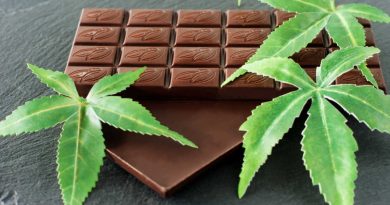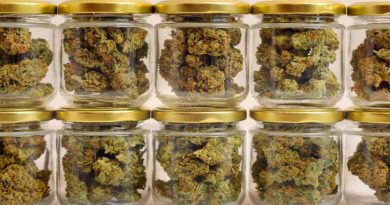Cannabis 101: The Difference Between Cannabis, Marijuana and Hemp
Cannabis, marijuana and hemp are terms often used interchangeably. While two of the terms (cannabis and marijuana) are considered by many to mean the same thing, there are reasons why some prefer one over the other. And hemp typically refers to something quite different than either cannabis or marijuana.
Each term has its own characteristics and uses. Understanding these differences is crucial for anyone interested in the world of cannabis, whether for medicinal, recreational or industrial purposes. The following sheds some light on these three commonly used terms.
Cannabis: The Umbrella Term
Cannabis is the overarching term encompassing all varieties of the cannabis plant. It is a versatile genus that has been cultivated for thousands of years for its various applications. Cannabis contains a multitude of chemical compounds known as cannabinoids, the most well-known being tetrahydrocannabinol (THC) and cannabidiol (CBD). These cannabinoids are responsible for the plant’s psychoactive and therapeutic effects.
Today, many people prefer using the term cannabis rather than marijuana because of some of the past negative associations of the world marijuana in connection with prohibition and demonization of cannabis efforts. Cannabis also is the term used the most worldwide.
Marijuana: The Recreational and Medicinal Variety
Marijuana is the term most used in the United States to refer to cannabis products, particularly those with THC that causes the “high.” Marijuana also contains varying levels of CBD, offering potential medicinal benefits for conditions like chronic pain, anxiety and nausea.
The legal status of marijuana varies globally and within different states or countries. Some regions have legalized its recreational and medicinal use, while others strictly regulate or prohibit it. It’s important to check local laws and regulations before using or possessing marijuana.
Hemp: The Industrial Wonder
Hemp is a distinct variety of the cannabis plant cultivated primarily for industrial purposes. Unlike marijuana, hemp contains minimal THC (less than 0.3%), rendering it non-psychoactive. This low THC content makes hemp unsuitable for recreational or medicinal use, but it excels in a multitude of other applications. Some CBD products are derived from hemp.
One of hemp’s most notable features is its fibrous stalks, which are rich in cellulose and can be used to produce a wide array of materials, including textiles, paper, biodegradable plastics, and even construction materials. Hemp seeds are also highly nutritious and can be used to produce oil rich in essential fatty acids, protein-rich flour, and various other food products.
Legal Status and Regulation
The legal status of cannabis, marijuana and hemp varies significantly depending on the country or state. In recent years, many regions have relaxed regulations surrounding hemp due to its non-psychoactive nature and its potential as a sustainable resource. For example, it’s been legal in the United States since 2018. This has led to a surge in the popularity of hemp-derived products, including CBD oil, textiles, and even hemp-based concrete.
Marijuana, on the other hand, remains a hot topic of debate in many places. Some regions have opted to legalize both its medicinal and recreational use, recognizing its potential therapeutic benefits and seeking to regulate its consumption. Others maintain strict prohibitions on both, citing concerns about potential health risks and social implications.
While marijuana is known for its recreational and medicinal uses, hemp’s industrial versatility has garnered attention for its potential to revolutionize various industries. As attitudes and regulations evolve, expect more innovation and exploration in the realm of cannabis, marijuana and hemp.




